In the beginning…
Existing, surprisingly, since ancient times, this small and sexy piece of fabric has embodied some of the most fascinating paradoxes of our times as it suggests both empowerment and vulnerability, independence and a desire to please, an attempt to cover and to reveal, maturity and playfulness, and liberation and exploitation. Simultaneously condemned and loved, the miniskirt exploded into the political landscape and had women (and men) suddenly paying attention to what had been hidden years before – a woman’s legs.
High in the mountains in some of Europe’s oldest villages, archaeologists have recently unearthed ancient figurines dating between 5400-4700 B.C. What is remarkable about the figurines is not only their age, but also that the female figurines appear to be beautifully dressed in miniskirts not unlike the fashionable miniskirts of the 1960s, prompting some scholars to speculate that miniskirts were common in the earliest of civilizations. Interestingly, these figurines are not the only evidence of “ancient miniskirts”. For example, an ancient Egyptian fresco shows a female acrobatic dancer wearing a “mini skirt” seemingly made out of cotton that shows off both her hips and her legs.
Early twentieth-century skirts
While the miniskirt may have existed as long as civilization has, it is probably only recently that it has evoked powerful political and cultural implications. In the mid 1800s, women in Europe and America were generally believed to be the weaker and more vulnerable sex. Politics, business, and physical activity could be dangerous for women, and tight corsets with long, restrictive skirts generally reflected these beliefs.
After WWI, however, advances in women’s emancipation and post-war escapism led to the “flapper” style, an androgynous style with hemlines up to a woman’s knee. After dropping to a more sober calf length during the early 1930s, hemlines rose to just below the knee during WWII, partly due to mandatory fabric rationing during the war. During the first part of the 20th century dresses and skirts were long and modest.
The “Roaring Twenties” offered a shocking new look that was really ahead of its time. If you consider that most dresses and skirts were typically worn down to the ankle up until the beginning of the 1920’s. The hemlines of these garments rose to knee length in a matter of a handful of years.
The 1960’s…and the politics of the miniskirt
It seemed as if ladies suddenly woke up one morning and decided that dresses and skirts should be lifted to new heights. This new approach to dress design turned fashion on its ear and it started a whole new era for women. Not only were women entering the voting booths, they were freeing their legs of cumbersome dresses and skirts as well. By the 1960s, youth protests and demands for individual expression revealed that young adults were gaining a self-conscious awareness of themselves as a distinct and unified group that was able to respond to political events in ways that were different from their parents. Youngsters felt they no longer needed to follow the rules of bourgeois morality and manners, which they saw as hypocritical and based on double standards. As this young political entity gained a voice, they created a space for a new and distinctive fashion that embodied their own political views.
The Miniskirt as an Expression of 1960s Feminism
Growing awareness of feminism also paved the way for a different fashion for women. The 1960s saw a dramatic increase in women attending universities and entering the workforce, especially with the advent of the “temp agency” which allowed greater flexibility in when and where a woman wanted to work. This decade also saw laws passed that helped protect and empower both married and divorced women. The image of a woman was beginning to dramatically shift from being a wife and mother to a young, single, carefree girl proud of her sexuality and confident with her power. The miniskirt would express, and serve as a tool for, this growing woman’s movement.
The young generation was indeed growing up rebellious and articulate, and with more money than they’ve ever had before. Young people suddenly became a powerful class of consumers who demanded a fashion that matched the spirit of youth. Consequently, the whole structure of the fashion system was challenged from the youth in the streets as the prestige of “couture” came under attack or, worse, seemed irrelevant. Upstart designers and boutiques began to cater to a new youth market that could now buy what they wanted and to older women who began to scramble to look like their daughters.
“The Mother of the Miniskirt” : Mary Quant
When a young upstart British designer named Mary Quant opened her boutique Bazaar in 1955 on King’s Road (a mod and rocker hangout), she was poised to spearhead a fashion revolution. Without any real training in fashion, but with a finger on the pulse of everyday fashion of the street, she represented a distinctive breakaway in fashion. She began to sell clothes that reflected the ideas of the day’s youth and that had nothing to do with established Paris fashion houses. When she raised the hemline of her skirts in 1965 to several inches above the knee, the iconic miniskirt was born. Named after her favorite car, the Mini, the miniskirt was an instant success and epitomized the spirit of London in the mid-60s: free, energetic, youthful, revolutionary, and unconventional.
“The Lord of the Miniskirt” : André Courrèges
Quant probably deserves primary but not exclusive credit for the miniskirt. One French designer also caught the spirit of the era and did for France what Quant did for England (and America), André Courrèges. Though he began to experiment with hemlines as early as 1961, Courrèges showcased his futuristic, space-age minimalistic dresses which scandalously fell above the knee in late 1964. Like Quant, Courrèges shocked the fashion world. Unlike Quant, he tended to design his skirts with more sophistication and maturity, which, in turn, helped make the miniskirt acceptable to French haute couture.
While Courrèges would later claim that he invented the miniskirt, Quant dismissed his claim, saying “It wasn’t me or Courrèges who invented the miniskirt anyway—it was the girls in the street who did it.” Though the debates between Quant and Courrèges can be amusing and many scholars tend to “skirt” the issue, both Quant and Courrèges appropriated the trends of earlier fashion houses and both took advantage of the greater social changes that were occurring around them. Regardless of who really “invented” the miniskirt, both Quant and Courrèges deserve credit for revolutionizing and enriching the fashion world with their daring hemlines. Quant’s influential position in the heart of “Swinging London,” Courrèges’ influential position in the more sophisticated Parisian fashion world, and the mini’s easily washable fabric that busy teenage girls were apt to buy helped the miniskirt become a major international trend.
The “Lolita Look”
Ironically, the full sexuality of the miniskirt during the 1960s also played on a “school-girl” image, and London became recognized as catering almost exclusively to young girls between the ages of 15 and 20. The models on all the popular catwalks and fashion magazines were typically skinny and androgynous, with an almost prepubescent figure. The “Lolita look” was everywhere, and the fashionable woman of the 1950s, was replaced by a London girl with a childish shape and a “great deal of long legs”.
The most famous model of the era was seventeen-year-old Twiggy (Leslie Hornby), who had a short boyish hairstyle, pale lips, and skinny figure (she was 5′ 7″ and weighed 99 pounds). Even though the miniskirt initially was an expression of individuality, women and girls alike copied Twiggy’s Vidal Sassoon geometric bob and her heavily mascaraed eyelashes in an attempt to achieve her “doe-eyed” little girl look. When young girls mimicked Twiggy’s fashionably gawky “broken limb” look, they were said to resemble little shop dolls or mannequins. Not surprising, dieting fads and eating disorders skyrocketed during this decade.
Decline of the mini in the late 1960s
The miniskirt of the “swinging 60s” lasted until the end of the decade. Throughout, fashion designers created some new and extreme variations in order to keep the excitement alive. For example, Paco Rabanne launched his plastic chain-mail miniskirt in 1966 and then the throw-away minidress. Despite this creativity, the mini eventually fell out of fashion when disillusionment about Vietnam became more widespread and the future looked less positive.
With increasingly political despondency, fashion became a little more nostalgic and hemlines fell back down to the ankle in 1969 in a style called the “maxi,” which was the longest hemline since 1914. In addition, while the miniskirt initially was seen as liberating women, the development of terms such as “dolly birds” tended to objectify women, and feminists realized that the miniskirt had great potential to be more exploitive than liberating. With the feminist movement in full swing by the early 1970s, minis (whose hemlines had nowhere to go but down, anyway) fell into disfavor.
The late 1970s punk revival of the mini
While the miniskirt fell out of fashion in the early 1970s, the punk movement at the end of the decade helped revive the miniskirt, thanks in part to female rock stars such as Debbie Harry (Blondie) who were fond of wearing miniskirts on stage. The punks were motivated by anti-fashion and tried to avoid mainstream trends, which were considered bourgeois, bland, and over-indulgent.
Influenced by punk designers such as Vivienne Westwood and Malcolm McLaren, whose shop SEX sold the fashion, the mini was reincarnated in black leather and PVC. The mini was also now often worn with ripped fishnet tights and took on a slightly “trashy” overtone that reflected the “whatever” attitude. In an ironic twist of fashion, once the punk look was picked up by designers, the punk movement’s anti-establishment edge became mainstream itself.
1980s and 1990s: the “corporate miniskirt”
The 1980s and early 1990s heralded a return to a more womanly figure in contrast to the adolescent androgyny of the 1960s. Rather than disappearing, however, the miniskirt was incorporated into the new, big-shouldered, “power” business suit for women, either in traditional pinstripes or jewel-colored wools. Popular characters in TV sitcoms such as Carrie in Sex in the City helped the miniskirt appear sexy, and smart. Miniskirts were no longer considered appropriate only for teenagers, but they also became a power statement for sophisticated, long-legged, thirty-something career women who were in total control of their single life.
For the most part, the miniskirt has been accepted in the Western world; however, not all countries and cultures embraced the short skirt. Inmany African countries, the miniskirt was seen not only as a corrupting influence of the West but alsoof the modern world.
Twenty-first century miniskirts
While the miniskirt has been met with disapproval and even violence, the tiny skirt shows no signs of disappearing. On the contrary, the miniskirt is still heavily featured on Western catwalks and in fashion magazines, and it is often shorter than ever. The phone company Samsung even introduced a new cell phone in 2008 called the “Miniskirt Season 2” which, while looking nothing like a miniskirt, is targeted toward women who like to “Talk, Play, Love”. The miniskirt, variously known as the “micro-mini,” “pelmet,” or “bondage” skirt, continues to occupy a fascinating and paradoxical space in the fashion world as it teasingly attempts to cover and reveal at the same time. In all of its contradictions and reinventions, the miniskirt still provokes, challenges, and demands attention from both men and women alike.
Leave a comment
No comments yet.

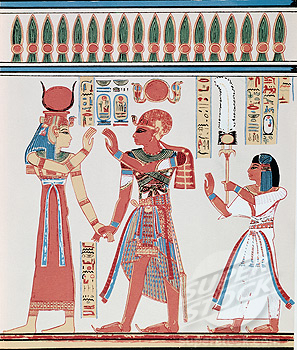

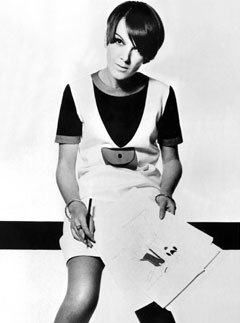
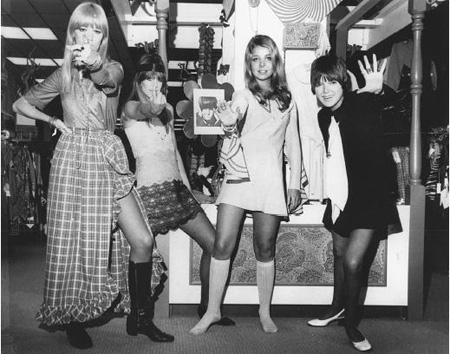
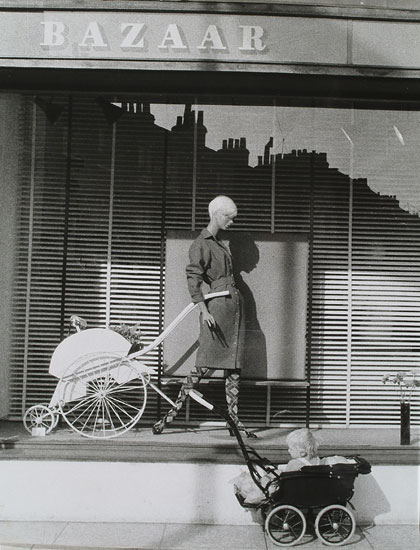
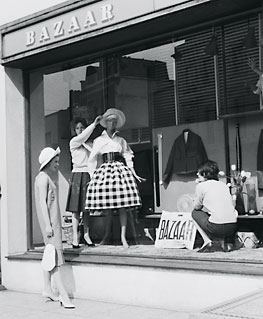
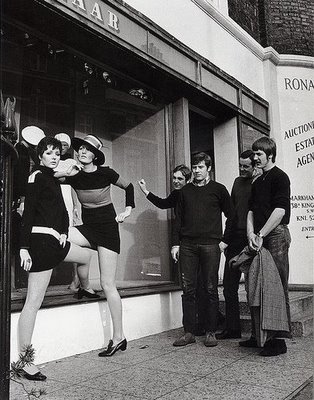
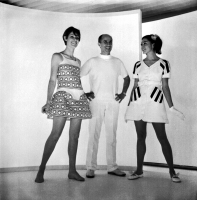
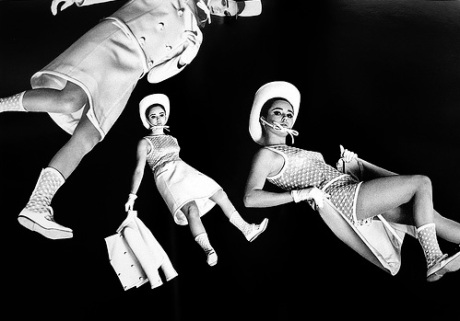
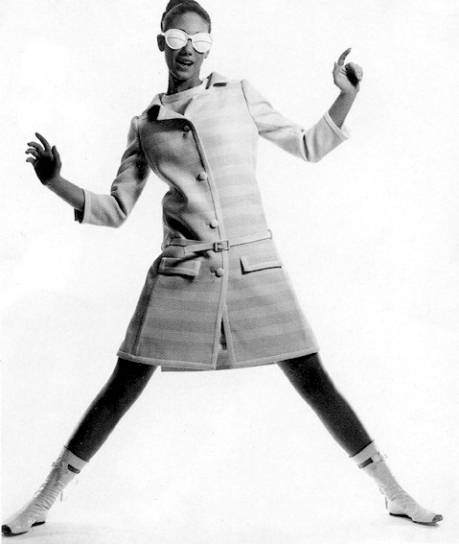
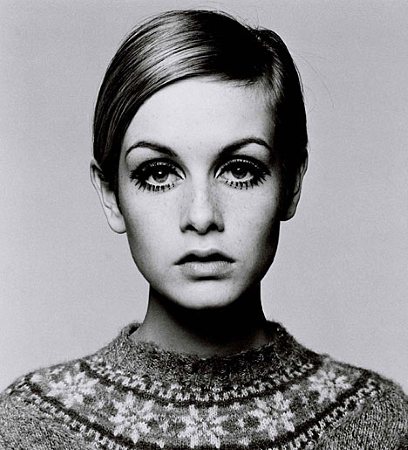

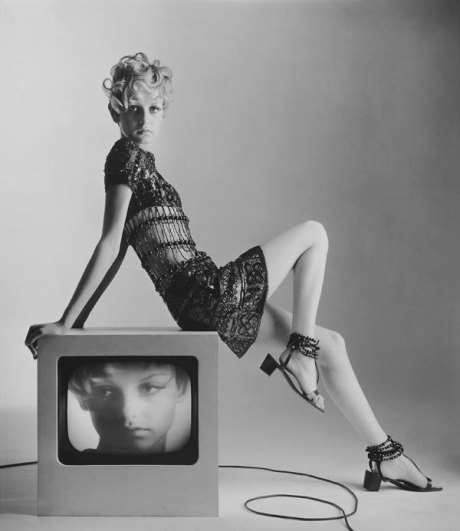
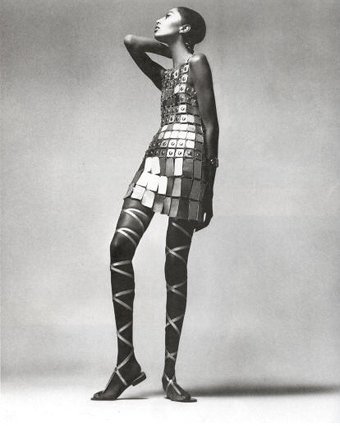
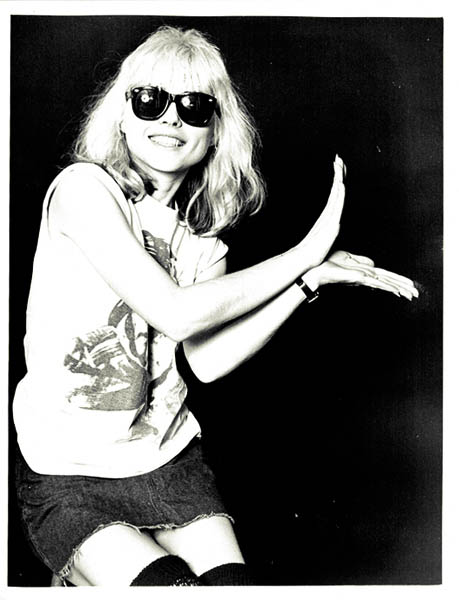


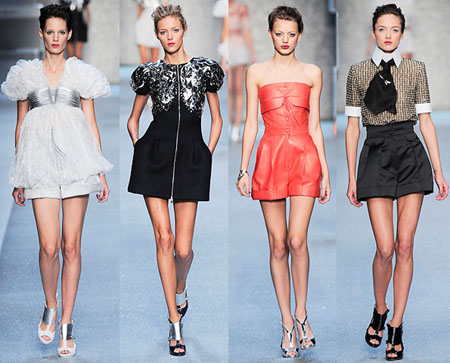
Leave a comment